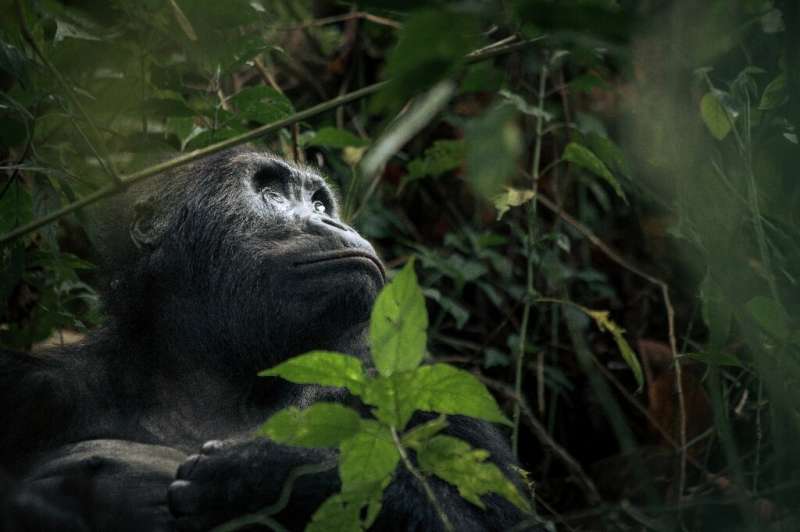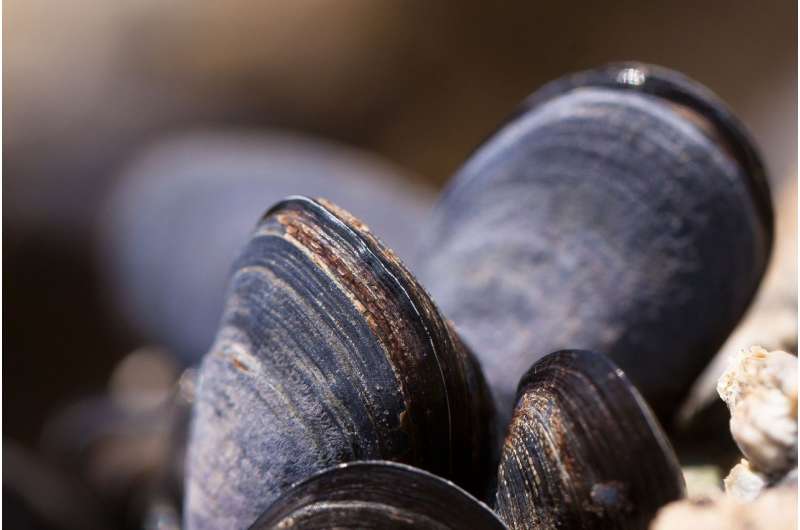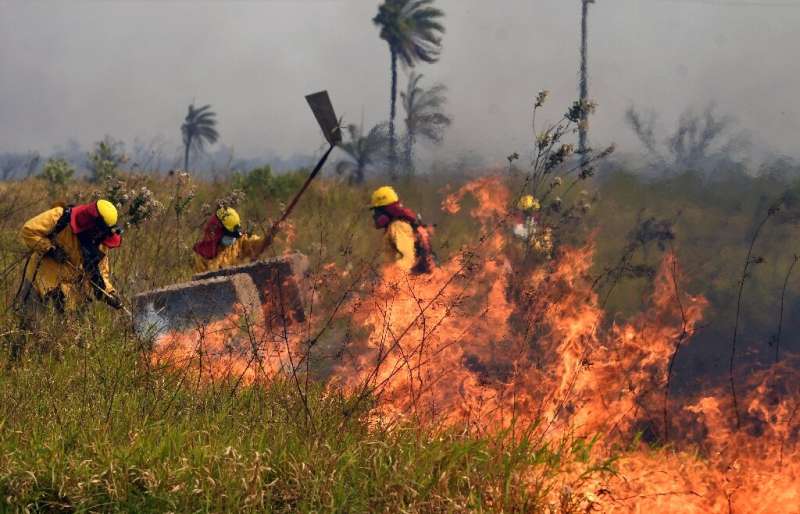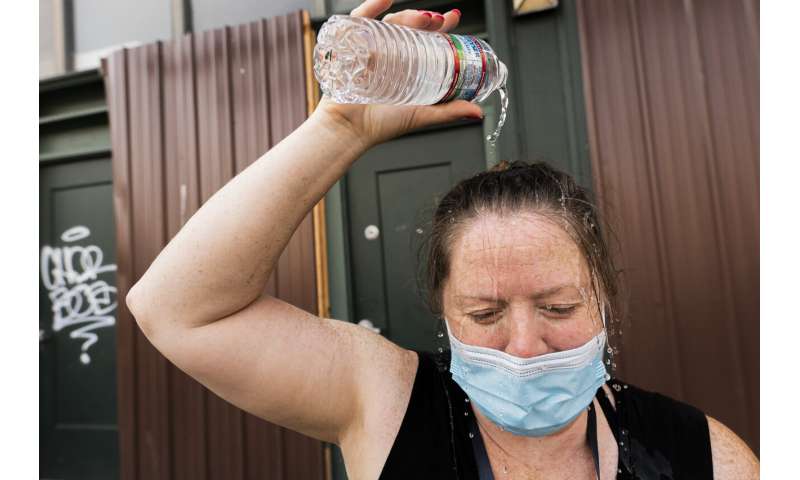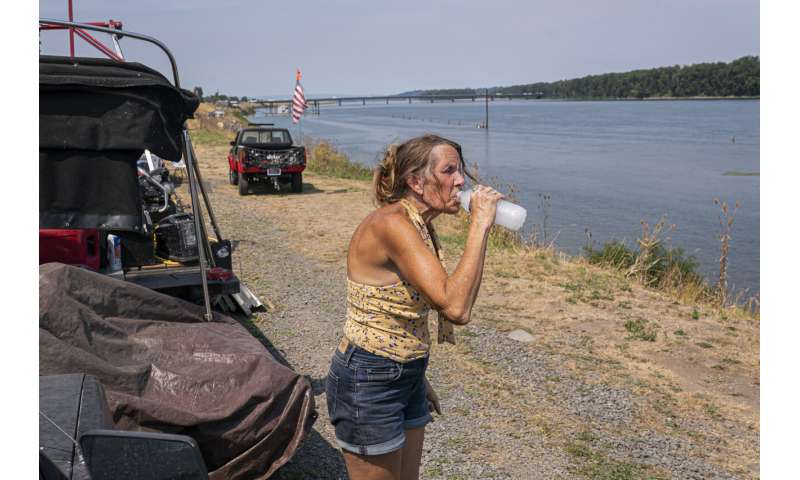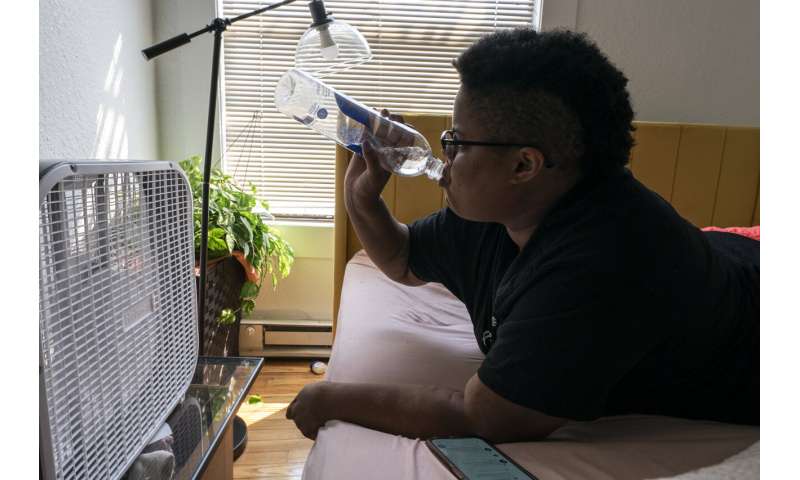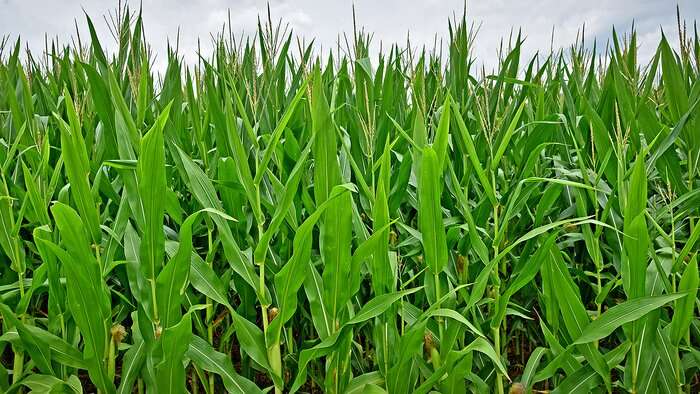Football without the fans: New study reveals effect of empty stadiums during pandemic

Playing professional football games in empty stadiums had a hugely negative effect on the success of home teams, with home advantage almost halved, new research shows.
The new study, by the University of Leeds and Northumbria University, used the unique opportunity presented by the COVID-19 pandemic to test whether home advantage applies when fans are not present in the stands. Home advantage describes the benefit a sports team playing attheir own venue is said to enjoy over the visiting team. This could be attributed to the effect of fans on the players or referee; playing in familiar surroundings and the effects of travel on the visiting team.
Researchers used data from Football-Data.co.uk and the FiveThirtyEight online database to assess at 4,844 games across 11 countries, including the England Premier League and Championship, Germany Bundesliga 1 and 2, Spanish La Liga 1 and 2, Italian Serie A and B, Portuguese Primeira Liga, Greek Super League, Turkish Super Lig, Austrian Bundesliga, Danish Superligaen, Russian Premier League and Swiss Super League.
They found that home teams accrued significantly fewer points and scored fewer goals when crowds were absent.
The researchers found, on average:
- With fans present, teams won 0.39 points more per game at home than away
- With fans absent, the advantage was almost halved when teams won only 0.22 points more at home than away
- With fans present, home teams scored 0.29 goals more per game than away teams
- With fans absent, home teams scored just 0.15 goals more than the visitors.
Furthermore, the lack of crowds affected how referees judged fouls against home and away sides.
The data showed:
- Referees gave more fouls against the home team in empty stadiums
- Referees gave a similar number of fouls against the away team in empty stadiums
- Referees gave far fewer yellow cards against away teams in empty stadiums
- Referees gave similar numbers of yellow cards against the home team in empty stadiums—even though they fouled more
- Red cards followed a similar pattern which was less pronounced, yet still significant
Lead author Dane McCarrick, from the University of Leeds' School of Psychology, said that "COVID-19 forced football at all levels to an unexpected halt just a quarter of the way through the 2019/2020 season."
"When it returned, the remainder of the games took place behind closed doors with no fans present. This provided an unintentional, and unique, opportunity to examine one of the most talked about and empirically studied phenomena in professional team sport: the home advantage."
"This new knowledge reveals that in the most basic sense, fans attendance matters."
Dominant play
Previous studies into home advantage have considered how goals scored and points awarded at home games compared with performance at away matches.
This study is the first to consider whether home advantage affects a team's dominance over a game.
The researchers measured dominance by the number of corners, shots and shots on target they had in any given match.
The study showed home teams were less dominant without their supportive fans, with an average per game of 0.7 fewer corners won, 1.3 fewer shot attempts and 0.4 fewer shots on target.
But the findings suggested that the lack of crowds made very little difference to away teams' attacking hold on games, with only 0.10 more corners, 0.17 more shots, and 0.20 more shots on target.
And the researchers discovered that teams' dominance had a much greater influence over referees' decisions than the presence of home fans.
Mr McCarrick said: "When a team's dominance over the game was included in the analysis, the associations were much weakened for fouls and yellow cards and, remarkably, become non-significant for red cards. This shows, for the first time, that the influence of home fans on referees mostly disappears when the style of play is taken into account."
Dr. Sandy Wolfson, a sport and exercise psychologist from Northumbria University's Department of Psychology, worked with Dane on this study. Dr. Wolfson has undertaken extensive research exploring the psychological aspects of football for players, referees and fans, working with Premier League clubs and the Football Association. She said that "this is a really important investigation that contributes to the long-standing debate on the main reasons for the home advantage in sport—a worldwide phenomenon affecting team sports at all levels, from recreational to elite."
"Home advantage during the COVID-19 pandemic: Analyses of European football leagues" is published in the September issue of Psychology of Sport and Exercise. The online version of the paper is peer reviewed.Soccer returns in empty stadiums: Research shows home advantage disappears
More information: Dane McCarrick et al, Home advantage during the COVID-19 pandemic: Analyses of European football leagues, Psychology of Sport and Exercise (2021). DOI: 10.1016/j.psychsport.2021.102013
Provided by University of Leeds

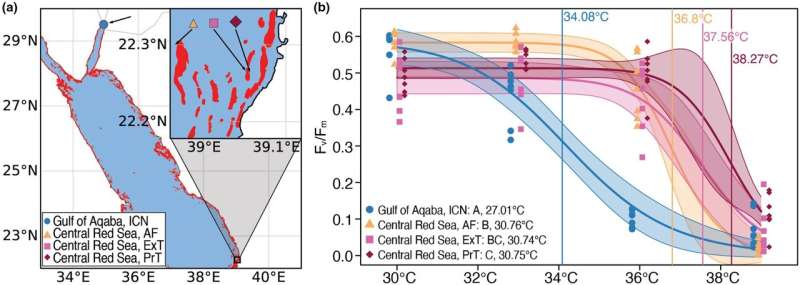 Study sites and temperature tolerance thresholds of corals from the northern and central Red Sea. (a) Map of Red Sea sites, reefs are shown in red. Seven coral colonies of S. pistillata from each of one site in the Gulf of Aqaba (ICN), northern Red Sea, and three central Red Sea sites near each other (AF, ExT, PrT) were collected and examined for heat stress response patterns. (b) Photosynthetic efficiency (Fv/Fm) over temperature curves and determined ED50 thermal tolerance thresholds as a proxy for coral bleaching susceptibility (sensu Evensen et al., 2021) of corals from the ICN, AF, ExT, PrT reef sites. ED50 thermal tolerance thresholds are denoted as vertical bars with temperature values at the top of the respective bar in the respective site color. Solid lines in each curve reflect the mean three parameter log-logistic model fit for each population (n = 7 colonies) with 95% confidence intervals represented by the shaded areas. Statistical differences among sites are indicated by letters in the panel legend with site-specific MMM temperatures denoted thereafter. Symbols denote measurements from individual samples. Blue circles, coral samples from the Gulf of Aqaba ICN site; yellow triangles, coral samples from the central Red Sea AF site; pink squares, coral samples from the Central Red Sea ExT site; dark red diamonds, corals from the Central Red Sea PrT site. Credit: DOI: 10.1111/mec.16064
Study sites and temperature tolerance thresholds of corals from the northern and central Red Sea. (a) Map of Red Sea sites, reefs are shown in red. Seven coral colonies of S. pistillata from each of one site in the Gulf of Aqaba (ICN), northern Red Sea, and three central Red Sea sites near each other (AF, ExT, PrT) were collected and examined for heat stress response patterns. (b) Photosynthetic efficiency (Fv/Fm) over temperature curves and determined ED50 thermal tolerance thresholds as a proxy for coral bleaching susceptibility (sensu Evensen et al., 2021) of corals from the ICN, AF, ExT, PrT reef sites. ED50 thermal tolerance thresholds are denoted as vertical bars with temperature values at the top of the respective bar in the respective site color. Solid lines in each curve reflect the mean three parameter log-logistic model fit for each population (n = 7 colonies) with 95% confidence intervals represented by the shaded areas. Statistical differences among sites are indicated by letters in the panel legend with site-specific MMM temperatures denoted thereafter. Symbols denote measurements from individual samples. Blue circles, coral samples from the Gulf of Aqaba ICN site; yellow triangles, coral samples from the central Red Sea AF site; pink squares, coral samples from the Central Red Sea ExT site; dark red diamonds, corals from the Central Red Sea PrT site. Credit: DOI: 10.1111/mec.16064